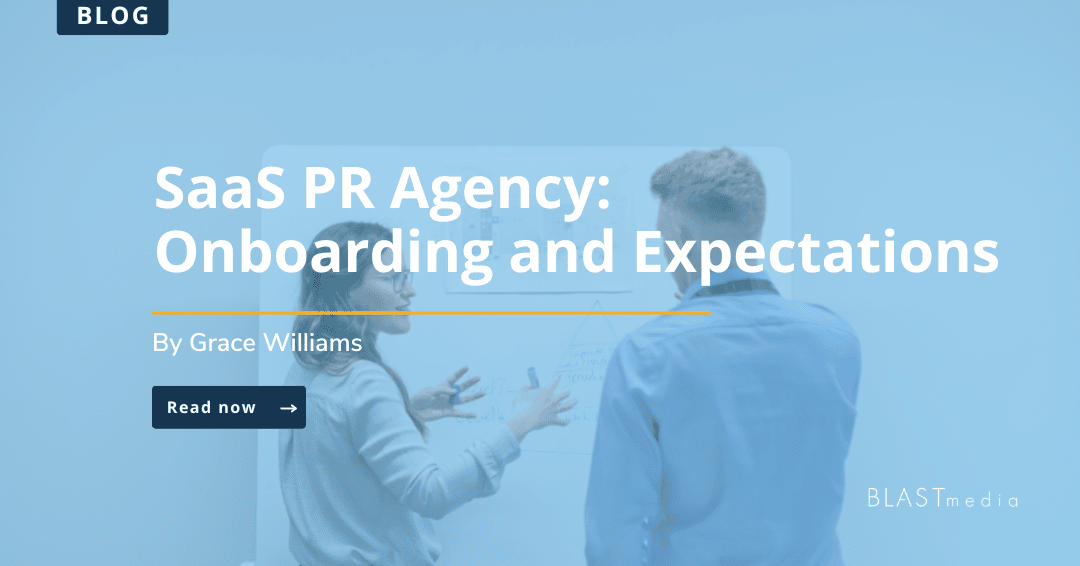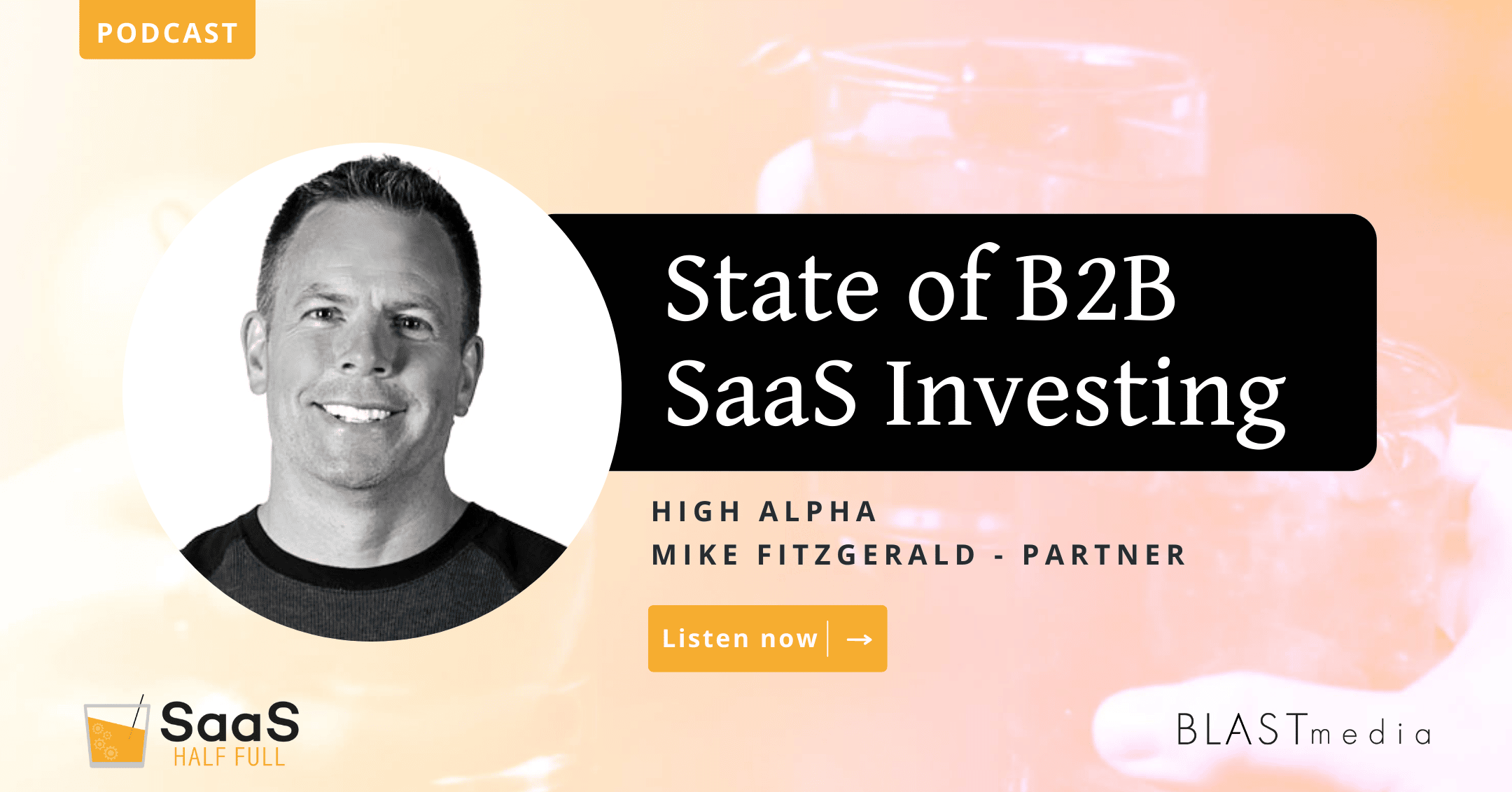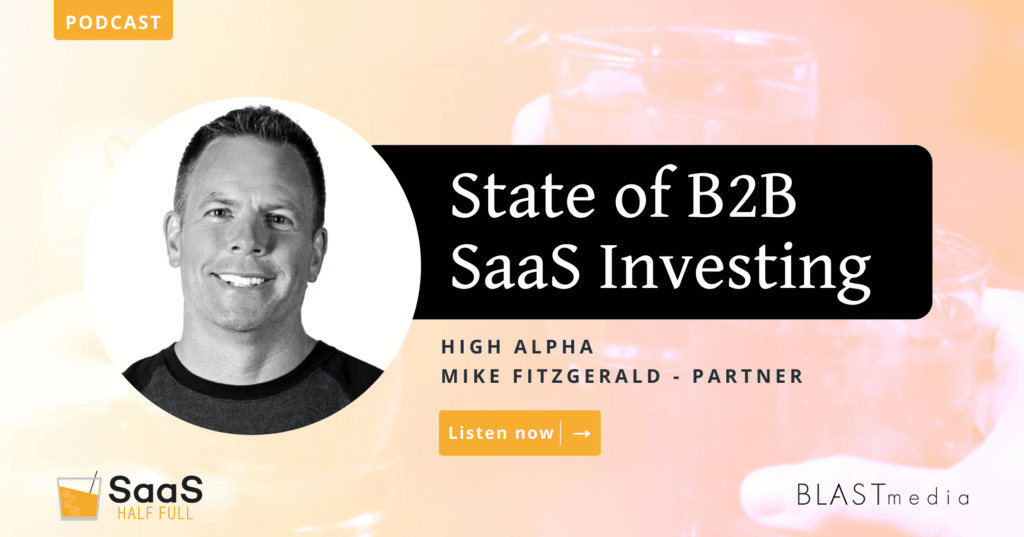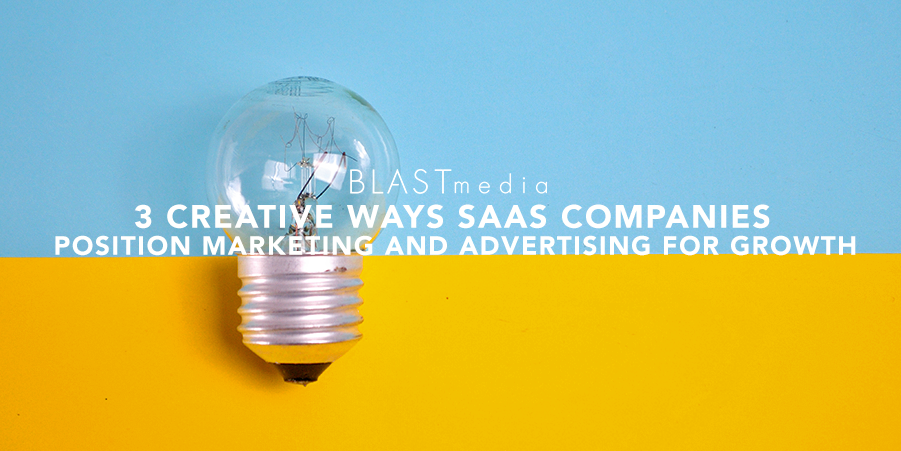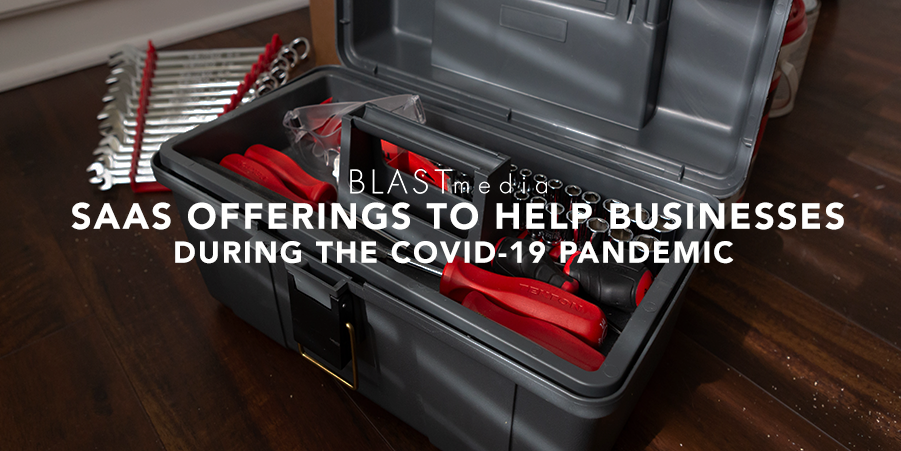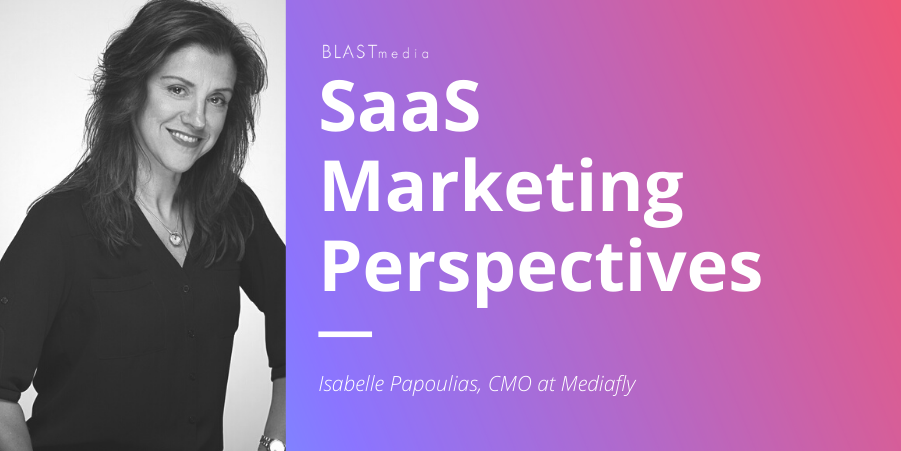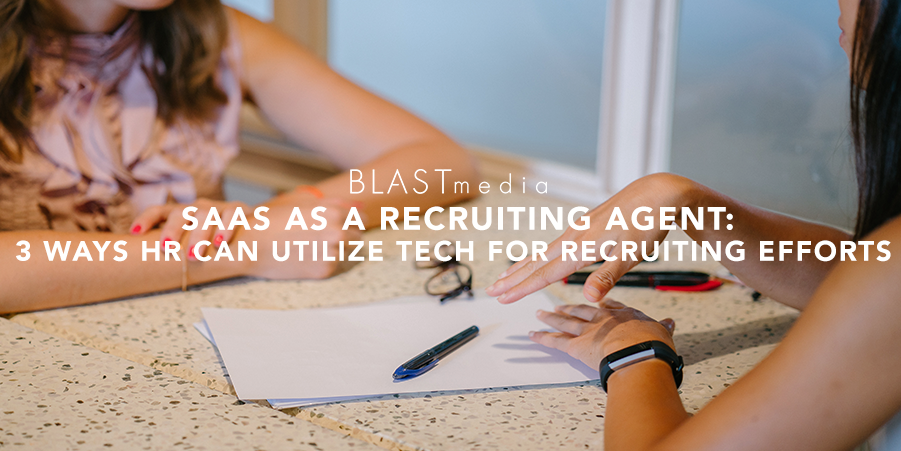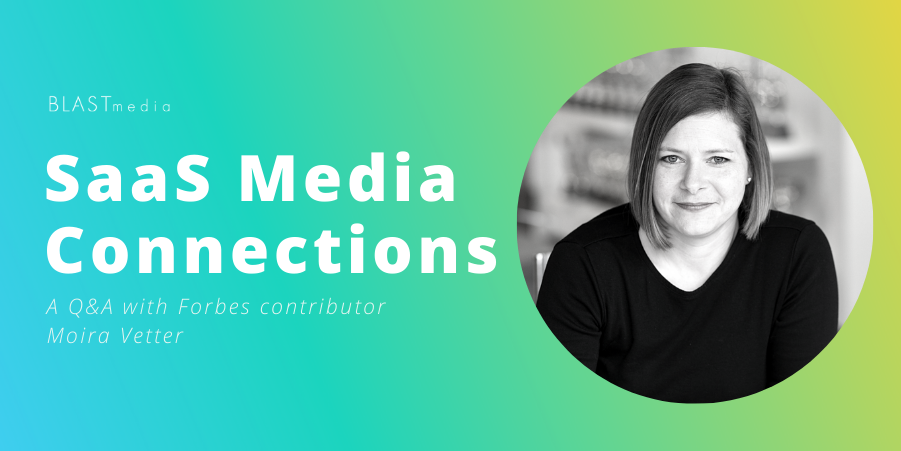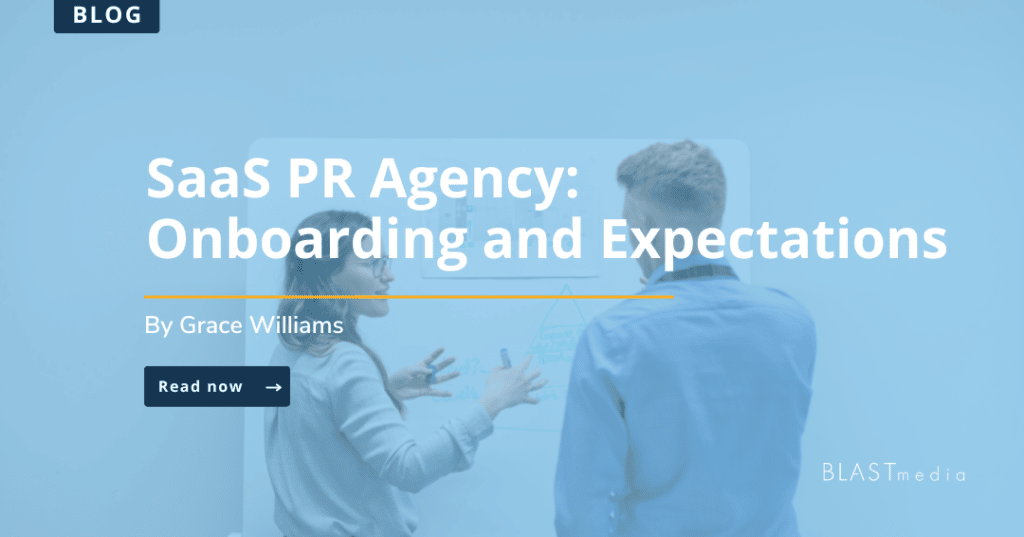
POV: You know the importance of investing in brand, and you’re looking for a SaaS PR agency. Whether you are switching agencies or hiring your first one, there is likely a different onboarding process and expectations with each.
Every agency does things slightly differently, but the fundamentals of building a strong PR program should be the same: research, planning, outreach and results. If you’re like most SaaS companies, you’re anxious to jump to the last stage and see results (aren’t we all?). But without a strong foundation and time to build pipeline, your media relations program is doomed to fail.
So, what can you expect when you begin a new SaaS PR agency relationship? We believe in transparency through every step of the process, and we’re happy to share our onboarding process with you as a means of comparison:
Research
Every BLASTmedia program starts with a discovery call with the marketing team and, often, the CEO/founder. We tell you about our team and processes, and you tell us about your value proposition, competitive landscape, ICP, founder story and business goals. After this meeting, we get to work on our media landscape analysis and strategy foundation.
You want to work with a PR agency that understands your market. We work within the B2B SaaS industry, so we know the right questions to ask, who to speak to inside your organization, how to work with your customers and determine the most newsworthy stories from your execs. Even so, the media appetite for stories from HR tech companies vs. marketing tech companies is unique. That’s where our media landscape research comes into play.
We dissect months of media coverage and releases from you and your competitors to determine the following and more:
- What narratives dominate your space? What isn’t being discussed?
- Which spokespeople are most commonly quoted from your competitors? What are their titles?
- Which media outlets most frequently cover your competitors?
- What is the average news cadence in your industry?
- Are there known thought leaders in the space? If so, what are their stances?
The research phase concludes with two key elements: story-mining calls and a product demo. You can read more about our process for story mining with execs from our VP of content, but it’s exactly what it sounds like. We chat with your sales leader, chief people officer and other identified SMEs to dig out ideas we believe will make a solid thought leadership campaign. Next, we get to planning.
Planning
The two biggest deliverables during the first month with BLASTmedia are the strategy foundation deck (SFD) and our 60-day plan. The SFD includes the results of our media landscape analysis, along with our top recommendations on target media and reporters, talk tracks to reach your buyers and speak to their top pain points, a SWOT analysis, a competitor deep dive, ideal cadence of news and bylines, trending news to watch in your space and established benchmarks.
With that research in hand, we set our sights on building your PR OKRs (objectives and key results). Based on the activity in the space and where you currently are in terms of output, what does “good” look like for you? What about “great?” And once we establish that objective, how will we get there?
Enter: Your 60-day plan — I know you’ve been waiting for it! This is where you’ll see all of the research put into ideas, established OKRs and our plan for getting it done. In addition to three “pillar” thought leadership campaigns for the quarter, we lay out topics for reactive opportunities, competitors we monitor for share of voice measurement, trends to latch onto, any customers we can leverage in media relations and what company news we can support with outreach. Then it’s go time.
Outreach
PR isn’t like a faucet — you can’t turn it on and off. It can take months of building a pipeline (like in sales) to consistently realize the fruits of your labor. At the beginning of any client campaign, we focus on quick-turn opportunities where we can — we know it’s crucial to showcase early wins to your executive team.
At the same time, we’re making introductions to key members of the media — those we already have relationships with and those we want to build relationships with on your behalf — to get that pipeline filled as quickly as possible. Every campaign is different, but in general, if you do not have news (a press release) in your first 90 days, you should expect to see the following:
- Between months 1 and 2, you should start seeing interview requests come in
- In month 2, you should get your first piece of contributed content for review
- In total, you should see around 10 pieces of coverage in a variety of trade, podcast and (yes, sometimes even) top-tier outlets (if you have news, this number will be significantly higher)
Results
After the first few months, we’re off to the races. We’re an anti-black-box agency, so I will share our actual client result averages with you. Each quarter I look at all-up coverage across our client roster and average it out. We hand this to our teams internally to use as a guideline for performance. We also share it with our prospects so they understand what to expect when running a PR program with us.
After tracking KPIs and coverage types for 10,000+ pieces of coverage over multiple years, I am confident in sharing these numbers with just about anyone. And any PR agency that won’t (or can’t) do the same isn’t as data-driven as they might claim.
Of course, there are exceptions to these numbers based on client participation, approvals and spokesperson availability. And, if you are a public company, these numbers could be wildly different. But, based on our data, here are the results you should expect from your SaaS PR agency each quarter:
- Around 25 pieces of coverage
- About half of all coverage should have a backlink to your website
- The Domain Authority of the coverage you get should be around 60
- 15 of those 25 articles should be driving traffic to your website
- Quarterly coverage breakdown
- 2 – 4 pieces of contributed content
- 1 – 2 podcast placements
- 2 – 3 quote inclusions
- 5 press release postings
- 3 – 5 features
- 5 – 10 other mentions or syndications
Choosing the right PR partner can be challenging. But taking your time up front to find one that will be open and honest with you about their process, team and results will yield dividends for years to come. As will taking time to properly invest in and trust their need for proper ramp-up time.
I’ll leave you with this. If I were hiring a PR agency and I wanted to know how they were going to get up to speed during the onboarding phase and what kind of results I could expect from them, these are a few of the questions I would ask:
- On average, what kind of results are you generating for your clients each quarter?
- Tell me about a time you worked with a client where you had never worked in the space before — how did you get up to speed?
- What is the #1 thing that determines how much and what kinds of coverage you can generate?
- How do we make the most of our onboarding process?
- What is your process for monitoring competitors and trending topics?
And if you want to know how we’d go about building a successful PR campaign for you, reach out to me!


